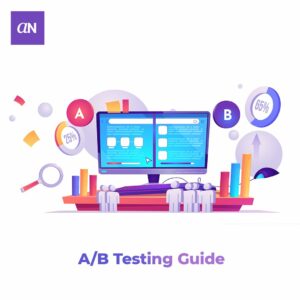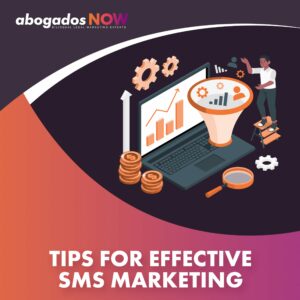How A/B Testing Can Focus and Improve Your Marketing Efforts
There is no silver bullet when it comes to marketing. It is a hard truth to swallow, but do not let anyone convince you that you will someday unlock the perfect messaging that will convert 100% of your prospects. It is impossible. What you can do, is gradually become more and more effective in your marketing strategy.
A/B testing is a simple yet powerful way to poll your audience indirectly. In the most simplistic terms, A/B testing involves presenting two different versions of something to your audience and then tracking which one they prefer. The more information you gather on what they prefer, the better you will be able to tailor your content to their tastes in the future.
This A/B testing guide will cover the basics of A/B testing, including why it is a useful tool. We will also provide some examples of effective A/B tests to help get you started.
What is A/B testing?
We touched on it above, but it is important to understand the parameters of A/B testing to run these tests effectively. A good A/B test is incredibly subtle. In fact, there should only be one difference between each version of the content you are testing. If you show your audience two radically different pieces of content, how will you know which element drew them to the content they preferred most? When you only change one independent variable, you can learn which element performs better and further improve your content to reach your desired audience and create desired results.
In that sense, an A/B test is not unlike a scientific experiment.
How to set up an A/B test
Here are the steps you need to take to run an effective A/B test. For clarity, we will be outlining the A/B test process for an email campaign.
- Draft a message and choose a target list.
- Choose which element you want to A/B test. Common A/B test elements within emails are subject lines, senders, email headers, and calls-to-action. Remember only to test one of these elements at any given time.
- Choose how much of your audience you want to use for the test. (For example, it is wise to A/B test your content on 25% of your audience and then send the winning version of the content to the remaining 75% of your list.)
- Determine what will constitute success. Are email opens or email clicks more important to you?
- Analyze your results. Based on the success parameters you set, determine which email your audience preferred.
- Apply that knowledge to your next marketing campaign.
Why A/B testing is a valuable tool
Most marketers like to think that they are fully in tune with their target audience, but that is not always the case. Making assumptions about what your audience will prefer is a dangerous game. It can work out fine or lead to decreased engagement and, ultimately, fewer customers. A/B testing is a systematic way to explore your audience’s preferences without them even knowing they are being tested. You see, when you A/B test, each member of your target list either receives version A or version B – no one receives both. Instead of interrupting your regular marketing program to poll your audience on their preferences, you are allowing them to communicate their preferences with a simple email open or click. Either way, you are still getting your messaging in front of your eyes, but you are doing it in a way that will ultimately improve your marketing strategy.
Once you have the results of an A/B test, it is important to put that knowledge to use. It is important to know what you are testing for. Do not just send out two slightly different versions with the known intention behind the test. Set up your A/B test in a way that allows you to draw conclusions.
For example, testing email senders is popular.
The question being tested is whether people prefer to hear from an official company email account, a friend, family member, or other acquaintance.
Suppose you A/B test your audience with version A of your email that comes from the inbox of “information@yourcompany.com” and version B that comes from ‘John.Doe@yourcompany.com,” and the audience clearly prefers to hear from John Doe. In that case, you can conclude that your audience values personal connections over authority. Moving forward, you can send every email from John Doe’s account, and you will likely see increased engagement.
Examples of effective A/B tests
It is important to set up your A/B tests to draw a clear conclusion from the results. Below are two examples of A/B tests you can run on emails, but remember that your website content can be A/B tested as well.
- Determine whether your audience prefers positive or negative language. This is a great test for determining what your audience is motivated by. A/B testing email subject lines is a great way to determine motivation. A positive email subject line may read something like “Our team can secure large financial settlements,” and a negative email line may read something like “Without a lawyer, you are leaving money on the table.” Based on which email your audience opens more of, you will know whether they are motivated by hope for a win or fear of a loss.
- Determine whether your audience prefers hyperlinks or buttons. All good marketing emails should contain a link back to your own website. By A/B testing whether your audience prefers a hyperlink or a “click here” button, you are determining whether or not they read your content in-depth or whether their eyes are drawn right to the button.
A/B testing is an incredibly useful tool that can help you get to know your audience better and put you on a continuous path to improvement. Remember, making assumptions about your audience is risky. Instead, run tests and put your hunch to the test!





